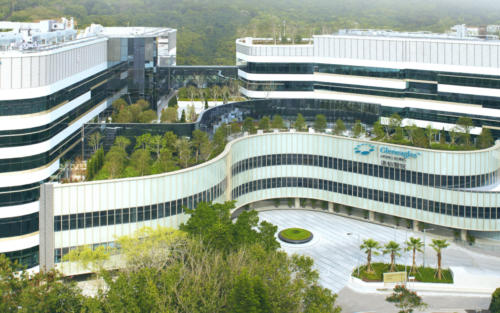Other Painful Hip Conditions
What is Back Pain?
Back pain is a common condition that usually only causes problems for a short period of time. Patients can take steps to ease symptoms and prevent future problems. The condition takes place most often in the lower back (lumbar spine), the body part that bears the stress of body weight throughout the day.
Most people have low back pain at some point of their lives, but it rarely develops into a chronic medical problem. Most patients experience improvement within two to six weeks. Low back pain can be divided into two categories:
- Mechanical pain caused by wear and tear (degeneration) in parts of the lumbar spine
- Neurogenic pain when spinal nerves are inflamed, squeezed or pinched
There are many causes of back pain, which can be classified by the source of pain. Common causes of the condition include:
- Prolapsed intervertebral disc
- Spinal stenosis, narrowing of the spinal canal
- Spine curvatures, refer to as scoliosis or kyphosis
- Trauma
- Bone tumour
- Fracture
- Irritation of a nerve root
- Ligament injury
- Muscle strain or injury
- Poor posture
- Other non-spinal causes such as abdominal disease, kidney stones or gynaecological problems in women
Symptoms from low back problems vary depending on which structures are affected. Some of the more common symptoms include:
- Back stiffness and reduced range of movement
- Muscle weakness in the hip, thigh, leg or foot
- Pain radiating from the buttocks to the foot
- Pain spreading into the buttocks and thighs
- Sensory changes, such as numbness, prickling, or tingling in the leg, foot or toes
Rarely, symptoms involve changes in bowel or bladder function, for instance from a large disc herniation that presses on the nerves that go to the bowels or bladder.
Most people with low back pain get better without treatment. If possible, it is best to stay active and get back to normal activities as soon as possible. The main goal of treatment is to control the pain. Some of the following treatment options may be used:
- Lumbar corset, usually for short period
- Bed rest, usually for no more than two days
- Medication to help patients sleep and control pain, inflammation and muscle spasm
- Physiotherapy to relieve pain, improve back movement and maintain a healthy posture
- Spinal injection to relieve pain
Surgery can be considered if the conservative treatment fails, which include:
- Discectomy to remove a portion of the disc that is pressing on the nerve root
- Decompression surgery (e.g. laminectomy) to relieve pressure on the spinal nerves
- Fusion of diseased lumbar segment for pain relief






